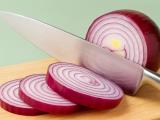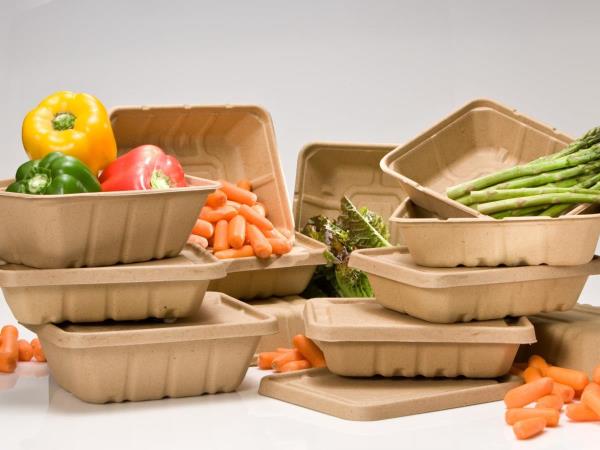What happens if the packaging is not properly sealed?
Have you ever bought yogurt with a slightly bulging lid? That's a classic sign that the packaging was not completely sealed or was damaged. Such food is exposed to air and moisture, creating ideal conditions for microbes to multiply.
A study by the European Food Safety Agency (EFSA, 2023) revealed that as much as 12% of all food withdrawals from stores in the EU are related to packaging errors, most commonly incomplete sealing. The most common consequences are infections with bacteria like Salmonella and Listeria, which can cause severe digestive issues and, in rare cases, even death.
It becomes even riskier when the packaging is not resistant to transport conditions. Microcracks (tiny cracks often not visible to the naked eye) allow air to come into contact with the food. This often happens with meat products, cheeses, and prepared meals.
Hidden contamination when dangers are not visible
The biggest issue with packaging is that it's difficult to recognize when food is no longer safe. On the outside, it may look perfectly fine, while inside mold or bacteria may already be developing. In such cases, the only signs are often changes in taste, smell, or color, which you only notice when you open or, worse, consume the food.
A case from 2020 in the Czech Republic is a good reminder: one of the major dairy companies had to recall over 200,000 yogurt cups due to contamination from microcracks in the plastic film. The yogurts looked completely normal but contained dangerous bacteria.
That's why quality control of packaging in the food industry is as important as hygiene in production itself. Modern facilities use methods like UV testing (special light to detect impurities) or air sampling to identify invisible contaminants. Yet mistakes still happen.
Why are films so important?
When we talk about packaging, many only consider how the product looks on the shelf. But packaging films are not there for aesthetics; they are a protective barrier. Their role is to protect food from moisture, oxygen, light, and mechanical damage.
Quality film is multi-layered, consisting of various materials like plastic, aluminum, and paper that together act as an invisible shield. If the film is too thin or poorly sealed, it can develop small openings that allow bacteria to enter.
Data from a study by the German Institute of Food Technology (2022): a correctly chosen multi-layer film can extend the shelf life of cheese by 30 days without the use of preservatives. This means that packaging actually takes on the role of a natural protector.
Packaging as a substitute for preservatives
In recent years, more and more consumers are rejecting artificial preservatives. Companies are responding by investing in better packaging. Packaging is no longer just a logistical tool; it's an active partner in maintaining freshness.
The most well-known systems include:
- Vacuum packaging – removes air and slows bacterial growth.
- MAP packaging (modified atmosphere) – surrounds food with a gas mixture that prevents spoilage.
- UV protective films – protect light-sensitive foods (e.g., milk, juices).
In Europe, the consumption of MAP packaging increased by 40% in the last five years, as companies seek alternatives to preservatives. This means that today, with most packaged meat, the packaging itself plays the role that chemistry once did.
Why is choosing the right packaging important for us as consumers too?
At first glance, packaging may seem like something we have no control over. But that's not entirely true. As consumers, we can do a lot:
- always check if the packaging is undamaged,
- pay attention to bulging caps,
- do not buy products with damaged films, even if they are discounted.
Studies show that 68% of consumers do not even look at the packaging when buying food; they only check the price and expiration date. This means that more than half of people are exposed to risks that could be easily prevented with an additional look.
Packaging – the invisible protector of our health
Poor food packaging does indeed jeopardize safety. This is not an exaggeration. While packaging sometimes seems like unnecessary waste, it's actually the most important safety belt between food and the outside world. The quality of the packaging determines whether the food will still be fresh, safe, and nutritious at your home.
The next time you're at the store choosing food, take an extra second to look at the packaging. It's a simple, familiar, and free way to protect yourself and your loved ones. No matter how high-quality the food is, if the packaging fails, everything loses its meaning.









 Would you like to be informed about news on the website?
Would you like to be informed about news on the website?

